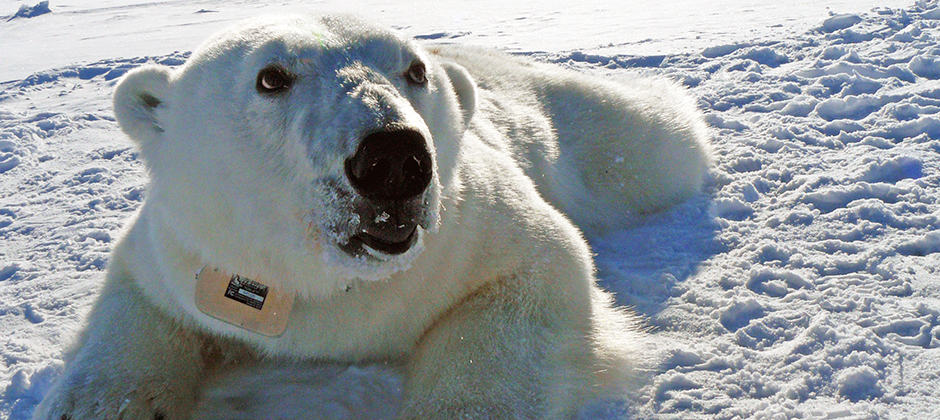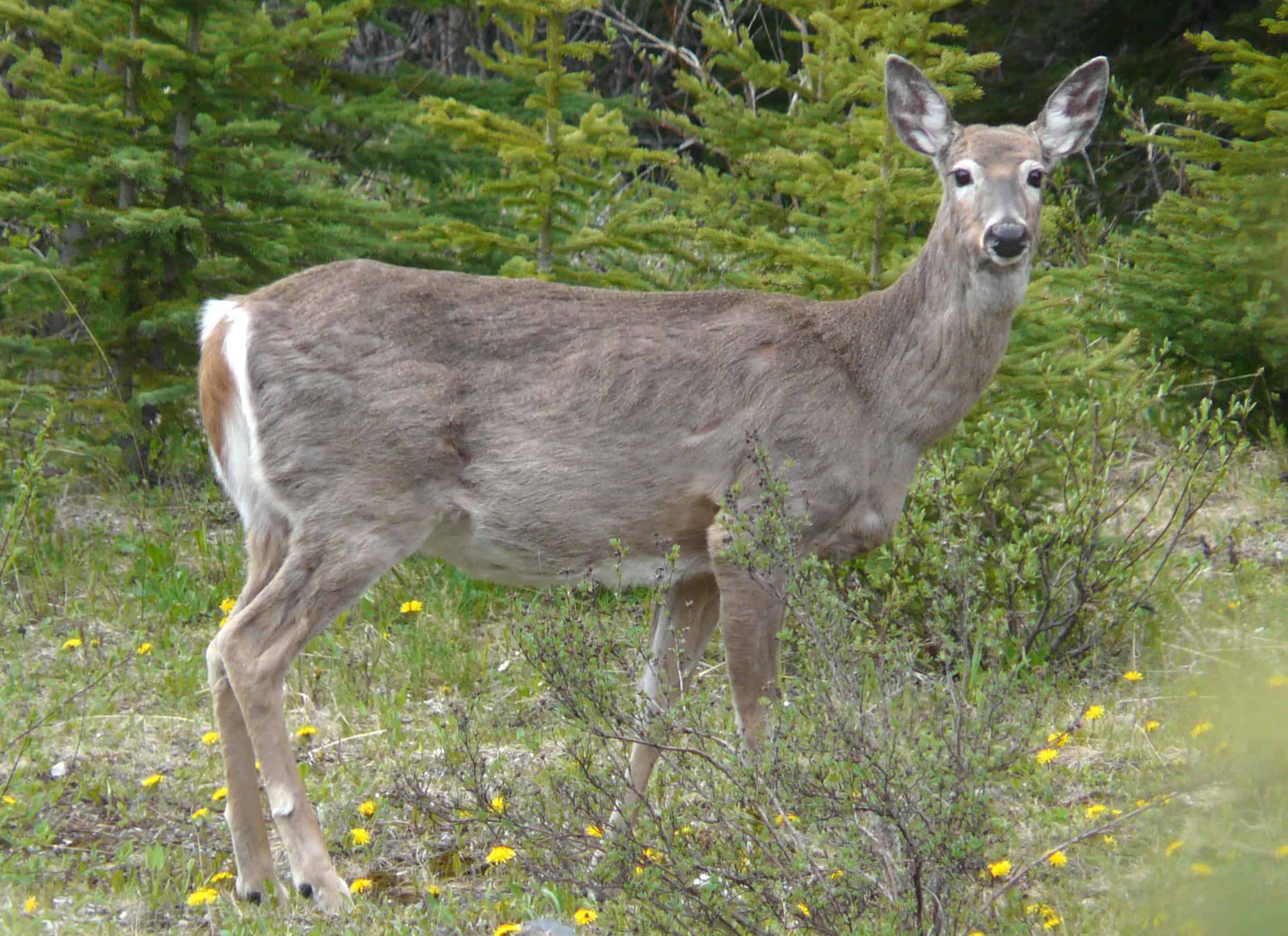Share this article
Polar bear ranges increase as sea ice shrinks
As climate change causes sea ice to recede in the Arctic, polar bears must decide whether to travel farther for their ringed seal prey or swim to land in search of whatever other prey they can find.
Whichever they choose, it takes a toll on their populations.
Amid a warming climate, researchers with the U.S. Geological Survey have been tracking polar bears (Ursus maritimus) in the Beaufort Sea north of Alaska since the early 1980s.
As the sea ice recedes, they found, subpopulations in the Southern Beaufort Sea have been declining, and their body conditions are worsening. Looking at satellite collars that monitored female bears’ movements, researchers also began to suspect the bears were traveling farther to follow the ice.
“One of the things we anecdotally noticed through location data from satellite collars is that, as we can see on satellite imagery, the ice is retreating much farther north than it has historically and many of the bears we were satellite tracking were moving farther north as a result,” said Anthony Pagano, a postdoctoral research fellow at Washington State University.
Pagano led a study published in Ecosphere to quantify how polar bear movement patterns were changing with these sea ice declines over the course of each year.
Tapping into this dataset and pulling in information on sea ice conditions over the study period, Pagano and his colleagues looked at polar bear home ranges—the area they need to find prey. They found that between 1999 and 2016, home ranges for bears that stayed on the sea ice year-round were 64% larger than they were between 1986 and 1998—an increase in 69,000 square kilometers, an area roughly equivalent to the state of West Virginia.
Polar bears’ primarily feed on ringed seals (Pusa hispida), an ice-dependent species mostly found in the shallow waters of the continental shelf, about 100 miles off the coast of Alaska. Beyond that, the productivity of seals declines. But the sea ice over the continental shelf is receding earlier and farther. That seems to be forcing polar bears to travel farther north into deeper waters to hunt for seals.
“The fact that bears are making these large movements means they’re expending more energy,” Pagano said.
But the movement data also showed up to 25% of the polar bear population is staying on the ice as long as possible before swimming to land.
Once on land, polar bears subsist on bowhead whale (Balaena mysticetus) carcasses that indigenous residents have harvested and left on land after butchering them. “In some instances, the bears are putting on a lot of pounds feeding on those,” he said. But bears on land also can mean more conflicts with people, and scientists worry what will happen if there is a poor whale harvest one year.
Polar bears have also been documented on land eating things like goose eggs or even caribou (Rangifer tarandus). But these prey items require the bears to spend more energy, Pagaon said, and they are not as nutritious for them—they have more protein but less fat, which polar bears need. “On land, there are few prey items that are similar and have an energetic payoff relative to their marine mammal prey,” he said.
The researchers don’t know yet how polar bears make the decision to either travel farther for food or swim to land, but initial research shows it may be a learned behavior. Mothers may be teaching it to their cubs. “It’s a new behavior in the population, but it potentially suggests we’ll continue to see an increase in this pattern of behavior as it becomes learned to a greater extent,” he said. It might also have something to do with the polar bears’ body condition at the time they need to make the decision, he said.
Pagano and his colleagues are now conducting research to figure out how long polar bears can survive on land. But the only way to stem their population declines is to slow climate warming, Pagano said.
“This research is really another indication of the impacts these declines in Arctic sea ice are having on these bears,” he said. “It really highlights the changes occurring in the Arctic and the dramatic changes we have seen in sea ice loss in the last two decades.”
Header Image:
By satellite tracking polar bears, researchers found they’re traveling farther for seal prey.
Credit: Anthony Pagano, U.S. Geological Survey








